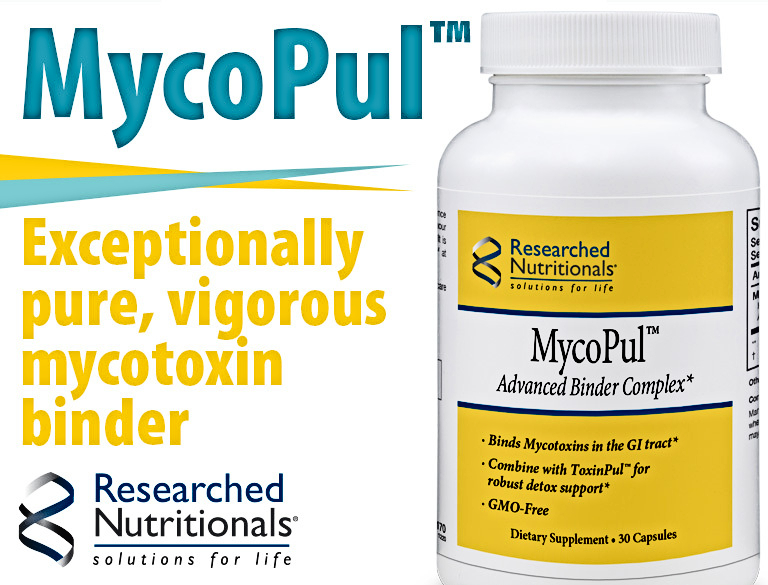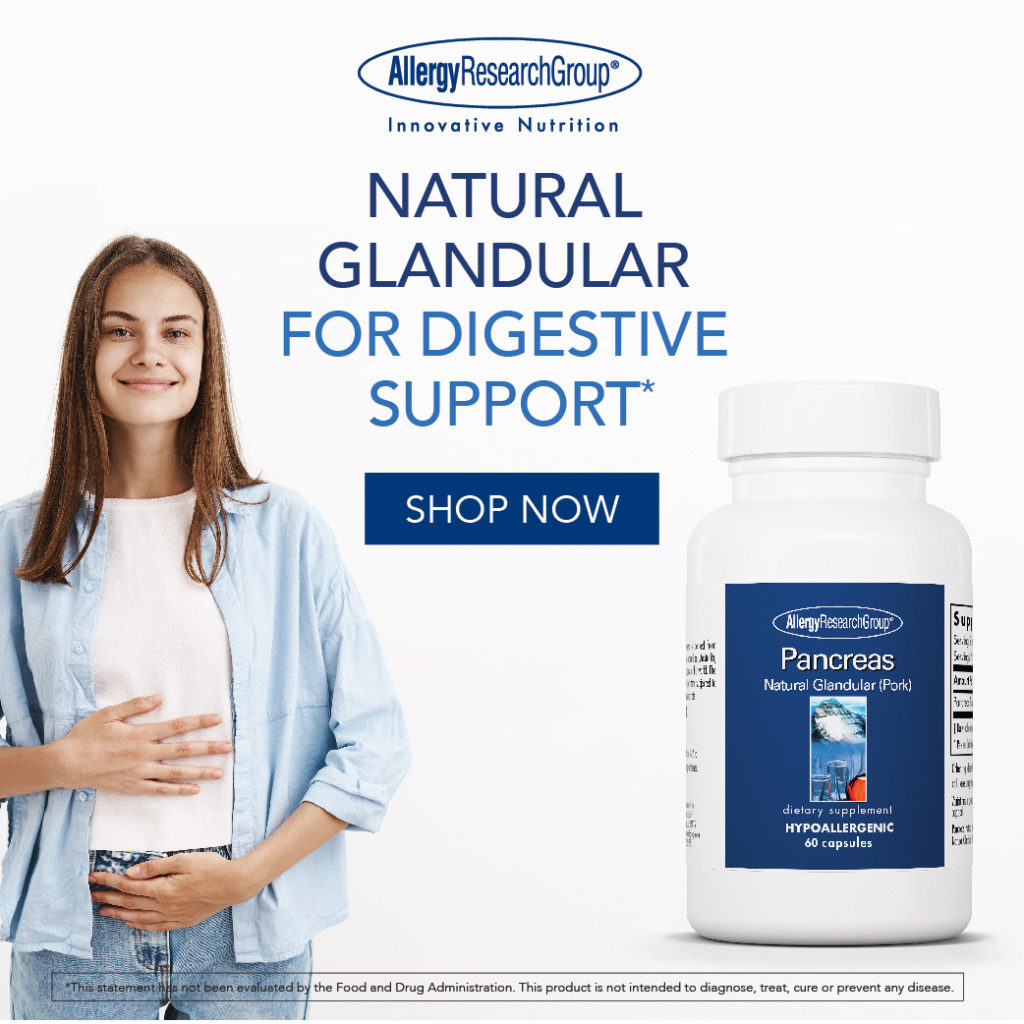Curmudgeon’s Corner
It has been suggested that what sets humans apart from other arthropods is our superior pattern processing (SPP). This talent has been suggested “… as the fundamental basis of most, if not all, unique features of the human brain, including intelligence, language, imagination, invention, and the belief in imaginary entities such as ghosts and gods.”
Somewhere along the evolutionary trail, our pattern processing capability became quite sophisticated as our cerebral cortex, in particular, the prefrontal cortex, expanded.
We became better and better at recognizing patterns in the world and making generalizations based on these observations. We have a talent for it and in many instances, this ability has proven advantageous.1
If you haven’t noticed by now, my particular version of the human brain finds particular delight in finding exceptions to these generalizations and pointing them out. The good editor of this journal, Dr. Jonathan Collin, has chosen the term ‘curmudgeon’ to describe my peculiar tendency, a description that many have agreed with. If given a choice, I might have settled on a term more complimentary; but it’s his journal, and he gets to make the rules.
One rather interesting study from November 2018 caught my attention. Bodogai and colleagues reported that treating old but healthy mice and macaques (a kind of monkey) with an antibiotic called enrofloxacin was a useful strategy to prevent aging.
Enrofloxacin (ENR) is a fluoroquinolone antibiotic sold by the Bayer Corporation under the trade name Baytril. It’s only approved for animal use at this time. Fluoroquinolones are popular antibiotics used to treat a variety of illnesses such as respiratory and urinary tract infections. This family includes ciprofloxacin (Cipro), gemifloxacin (Factive), levofloxacin (Levaquin), moxifloxacin (Avelox), norfloxacin (Noroxin), and ofloxacin (Floxin). In general, we naturopathic doctors are not big fans of these drugs for a long list of reasons that I have enumerated elsewhere.
Enrofloxacin is a particularly potent bactericidal agent; its activity is concentration-dependent, and susceptible bacteria die within 20–30 minutes of exposure.
A circuitous route led these researchers to give their test animals this drug. They knew that aging in “… humans is associated with increased hyperglycemia and insulin resistance (collectively termed IR) and dysregulation of the immune system. However, the causative factors underlying their association remain unknown. Here, using “healthy” aged mice and macaques, we found that IR was induced by activated innate 4-1BBL+ B1a cells. These cells (also known as 4BL cells) accumulated in aging in response to changes in gut commensals and a decrease in beneficial metabolites such as butyrate. We found evidence suggesting that loss of the commensal bacterium Akkermansia muciniphila impaired intestinal integrity…”
Most of us can keep up with this theory that insulin resistance is a major boondoggle in living a long and healthy life and the blame is somehow related to gut biome stuff. We’ve subscribed to this idea pretty much since Elie Metchnikoff wrote his 1907 book, the Prolongation of Life,2 though some of us might turn to Wiki to read up on these 4BL cells as they weren’t discussed all that thoroughly during our education.
Most of us are aware that impaired intestinal integrity, aka leaky gut syndrome, is not a good thing. Decreased Akkermansia populations allow leakage of bacterial endotoxins into the body activating the conversion of B1a cells into those 4-1BBL+ B1a cells that in turn induce insulin resistance.
Now here’s the line in the study that got my attention: “This pathway and IR were reversible, as supplementation with either A. muciniphila or the antibiotic enrofloxacin, which increased the abundance of A. muciniphila, restored normal insulin response in aged mice and macaques.3
Where do we start with this?
First, insulin resistance is reversible.
Second, that two relatively simple approaches might reverse it, both focused on increasing Akkermansia populations in the gut. At this point in our growing understanding of insulin resistance and type 2 diabetes, this isn’t surprising. That glycemic regulation is impacted by gut bacterial populations is widely accepted. That increasing Akkermansia is a good idea has slowly taken hold these last few years. Yet this last bit of news, that taking an intense fluoroquinolone antibiotic might trigger changes in the gut that we should appreciate, comes out of left field.
After all, our general view is that antibiotics are bad for a multitude of reasons, but one of the most quoted reasons is that these drugs will disrupt our ever-so-important bowel flora. But, lo-and-behold, this study argues that fluoroquinolones may shift the biome in a favorable direction that may slow aging.
This idea should give all of us pause. Avoiding antibiotics and thinking of them as dangerous has become an article of faith, even among our medical colleagues. These results suggest that an occasional dose of Cipro may favorably impact mortality. Chew on that for a moment or two.
Now, of course, I’m lucky to live in Colorado where prescribing any antibiotic is outside my legal scope of practice. This information is all theoretical for me. I am left to translate these data and ask myself, “Are there other ways to increase Akkermansia m. populations?”
There is already a long and varied list of supplements associated with increasing Akkermansia populations that includes rhodiola,4 algae,5 flaxseed,6 garcinol,7 melatonin,8 lactobacilli,9 grape polyphenol extracts,10 and berberine.11 Note that this last supplement, berberine, has a synergistic action with some fluoroquinolone antibiotics against drug-resistant infections strains of Klebsiella bacteria.12
We live in a big, busy and complicated world. Being able to see patterns in this cacophony of a world allows us to move with some semblance of direction and advance our endeavors. The problem is that sometimes we forget that these generalizations do not apply under all circumstances. Whatever rules we attempt to adhere to to make sense of things will have their exceptions. Life is complex and will do its best to outsmart us.
References
- Mattson MP. Superior pattern processing is the essence of the evolved human brain. Front Neurosci. 2014; 8: 265.
- http://www.gutenberg.org/ebooks/51521
- Bodogai M1, O’Connell J2, Kim K1, Kim Y2, et al. Commensal bacteria contribute to insulin resistance in aging by activating innate B1a cells. Sci Transl Med. 2018 Nov 14;10(467).
- Yuan Y, Wu X, Zhang X, Hong Y, Yan H. Ameliorative effect of salidroside from Rhodiola Rosea L. on the gut microbiota subject to furan-induced liver injury in a mouse model. Food Chem Toxicol. 2019 Mar;125:333-340.
- Lin G, Liu X, Yan X et al. Role of Green Macroalgae Enteromorpha Prolifera Polyphenols in the Modulation of Gene Expression and Intestinal Microflora Profiles in Type 2 Diabetic Mice. Int J Mol Sci. 2018 Dec 21;20(1). pii: E25.
- Arora T, Rudenko O, Egerod KL, et al. Microbial fermentation of flaxseed fibers modulates the transcriptome of GPR41-expressing enteroendocrine cells and protects mice against diet-induced obesity. Am J Physiol Endocrinol Metab. 2019 Mar 1;316(3):E453-E463.
- Lee PS, Teng CY, Kalyanam N, Ho CT, Pan MH. Garcinol Reduces Obesity in High-Fat-Diet-Fed Mice by Modulating Gut Microbiota Composition. Mol Nutr Food Res. 2019 Jan;63(2):e1800390.
- Xu P, Wang J, Hong F, et al. Melatonin prevents obesity through modulation of gut microbiota in mice. J Pineal Res. 2017 May;62(4).
- Chen YH, Tsai WH, Wu HY et al. Probiotic Lactobacillus spp. act Against Helicobacter pylori-induced Inflammation. J Clin Med. 2019 Jan 14;8(1). pii: E90.
- Kuhn P, Kalariya HM, Poulev A, et al. Grape polyphenols reduce gut-localized reactive oxygen species associated with the development of metabolic syndrome in mice. PLoS One. 2018 Oct 11;13(10):e0198716.
- Wang H, Guan L, Li J, Lai M, Wen X. The Effects of Berberine on the Gut Microbiota in Apc min/+ Mice Fed with a High Fat Diet. Molecules. 2018 Sep 8;23(9). pii: E2298.
- Zhou XY Ye XG, He LT, et al. In vitro characterization and inhibition of the interaction between ciprofloxacin and berberine against multidrug-resistant Klebsiella pneumoniae. J Antibiot (Tokyo). 2016 Oct;69(10):741-746.









